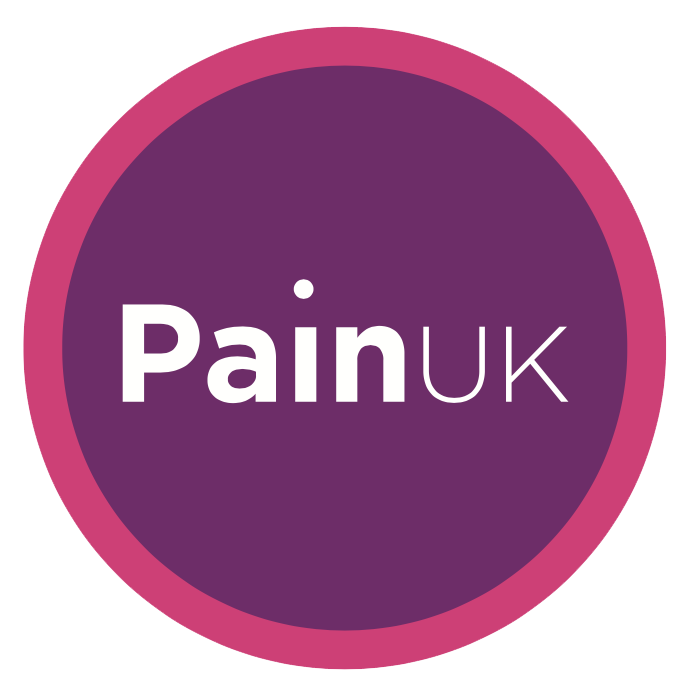
Shingles Support Society
The Shingles Support Society supplies information on shingles and post-herpetic neuralgia (PHN for short): what they are and how to treat them.
Shingles (herpes varicella-zoster) is a reappearance of chickenpox. This often happens many years after the original chickenpox infection. In order to prevent half the cases of shingles, and lessen the severity of the rest, a vaccine to prevent shingles is being introduced.
Anyone who has had chickenpox can develop shingles – and most people have chickenpox in childhood: it is one of the common childhood illnesses and is usually trivial. (Chickenpox in adults can be more severe and if they are seen by the doctor within 24 hours of the onset of the rash, they will be given antiviral pills.)
Shingles is more likely to occur in older people.
People who have not had chickenpox cannot get shingles. (Some people with shingles believe that they have never had chickenpox. This simply means that their original bout of chickenpox was mild and not diagnosed at the time – or they have forgotten because it was such a long time ago.)
There is a new vaccine to prevent shingles which is now available to everyone between 70 and 79. If you have not been offered this, be sure to ask your GP. This vaccination prevents half the cases of shingles, and the cases that do happen in vaccinated people are much milder and less painful.
Most often people get shingles on the left or right side of the torso, on a patch of skin served by nerves from a single ganglion (nerve ‘junction box’). This often follows the line of a rib. Sometimes, it will instead appear somewhere else on the face or the body.
Red patches are usually the first sign of the rash appearing, and there may also be:
- Itching, tingling or burning under the skin.
- Pain around the affected area, usually on one side of the torso, sometimes elsewhere on the body.
- Fluid filled blisters that burst and weep and turn into sores. They may not come up all at once, but form and slowly heal over a period of 2 to 5 weeks. The skin then crusts over and heals, apart from a little sensitivity or ‘nerve ache’ which soon disappears. This may signal the end of the shingles for many people but some people develop post herpetic neuralgia (PHN).
PHN happens when the chickenpox virus affects a sensory nerve during the shingles outbreak. The damaged nerve sends abnormal messages, or even stops sending them so there is numbness.
As you get older, your chance of developing PHN increases.
There are various medications and self-help suggestions on our website.
Contact Shingles Support Society
Contact Shingles Support Society for information and advice on self-help and medical treatment:
Website: https://shinglessupport.org.uk
Email: info@shinglessupport.org.uk
Helpline: 0845 123 2305
Address: SSS, 41 North Road, London N7 9DP

You must be logged in to post a comment.